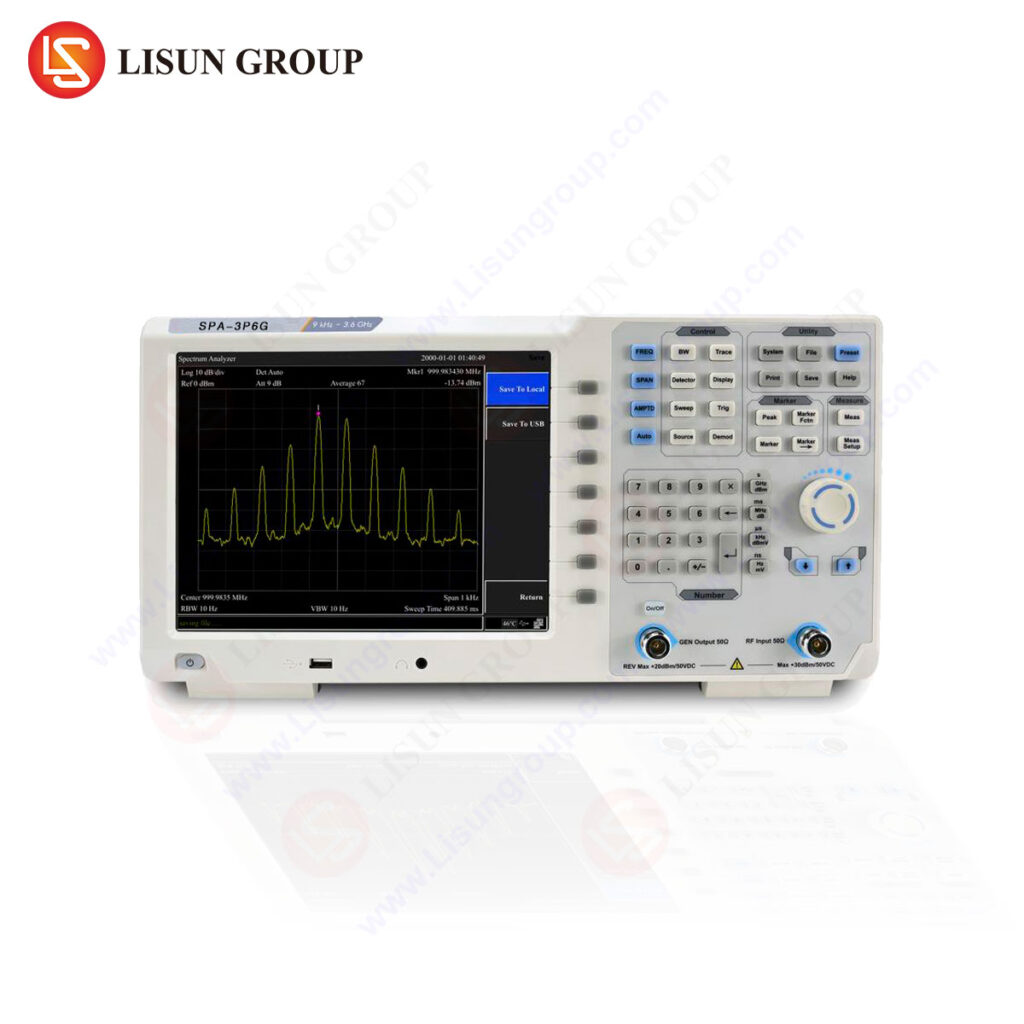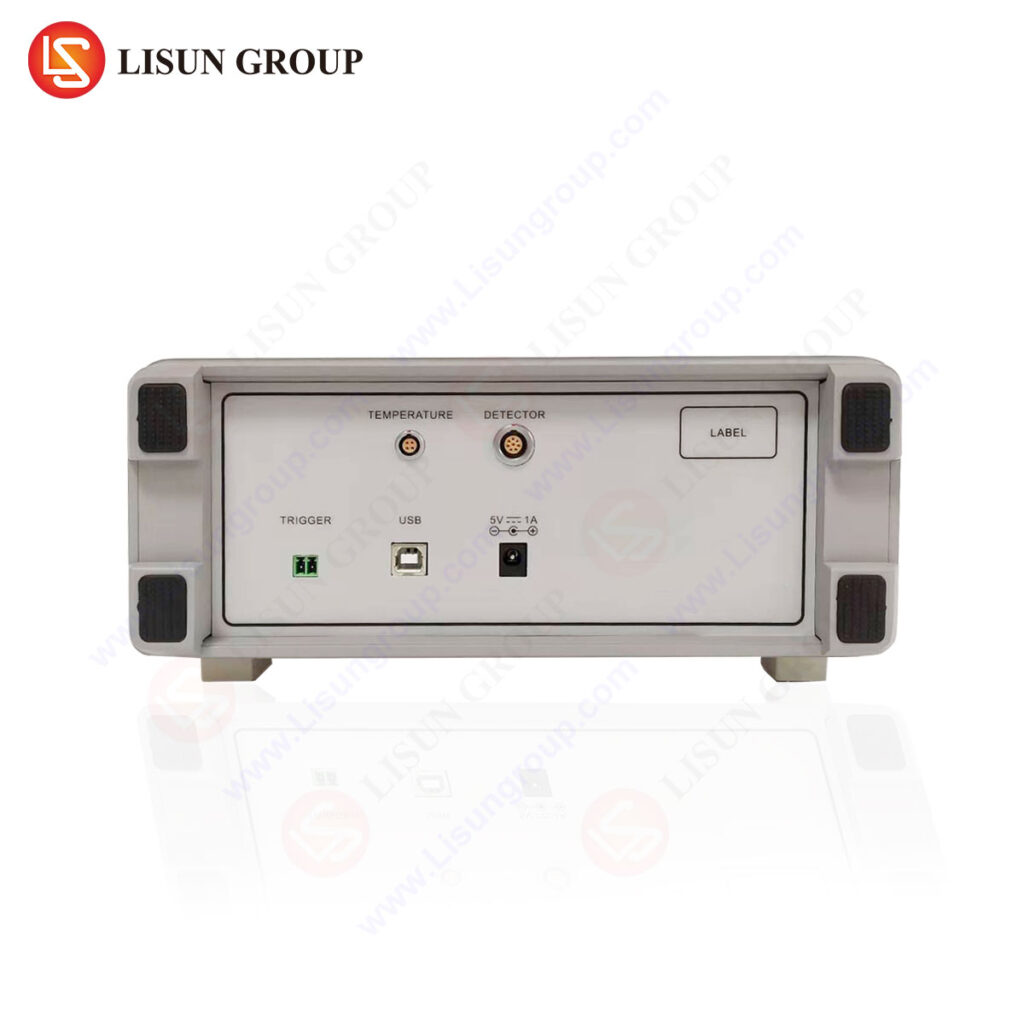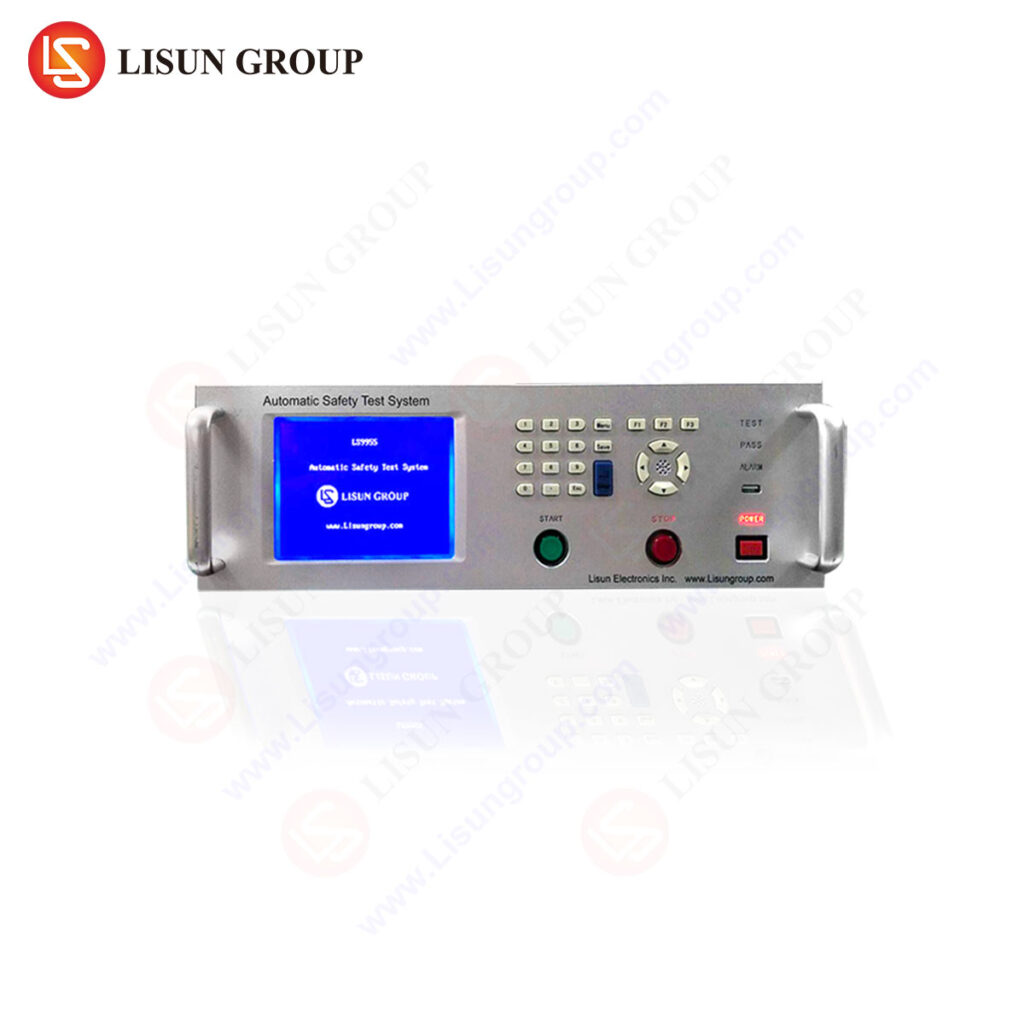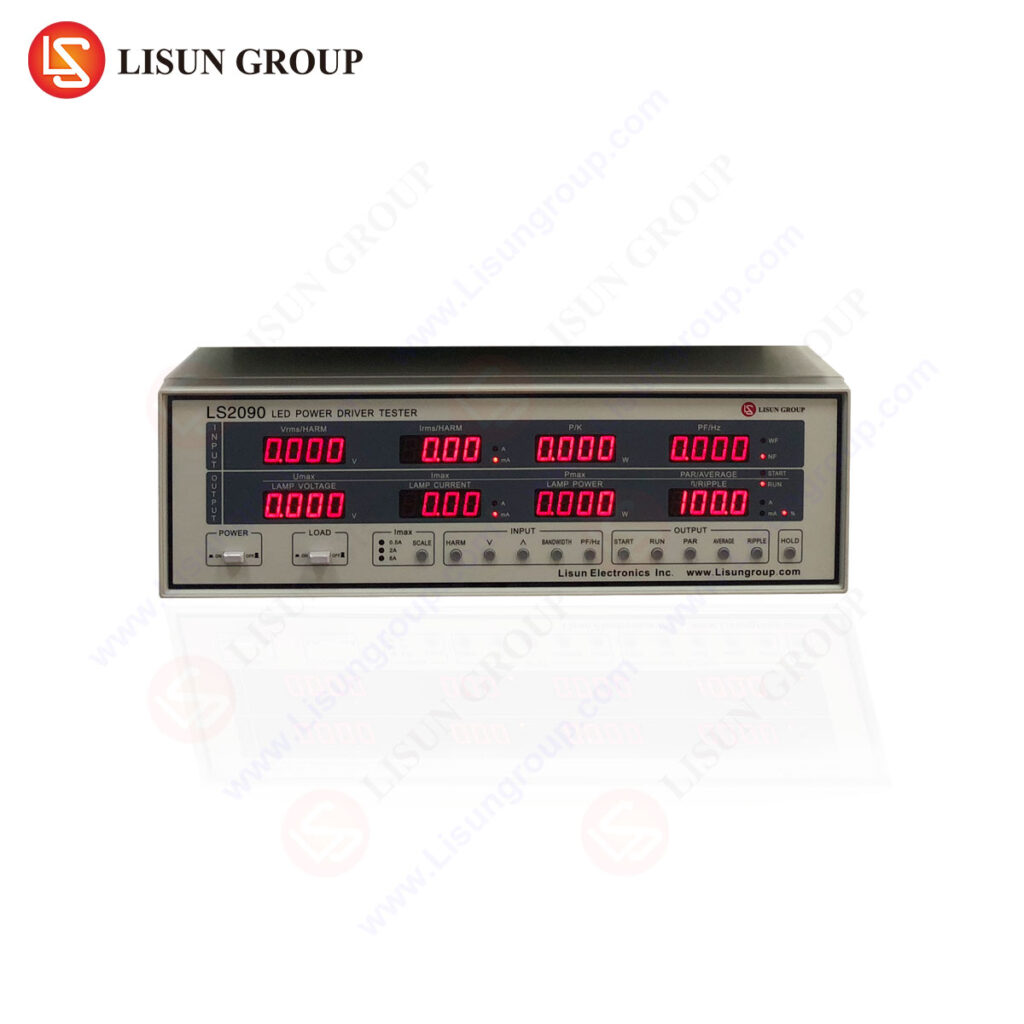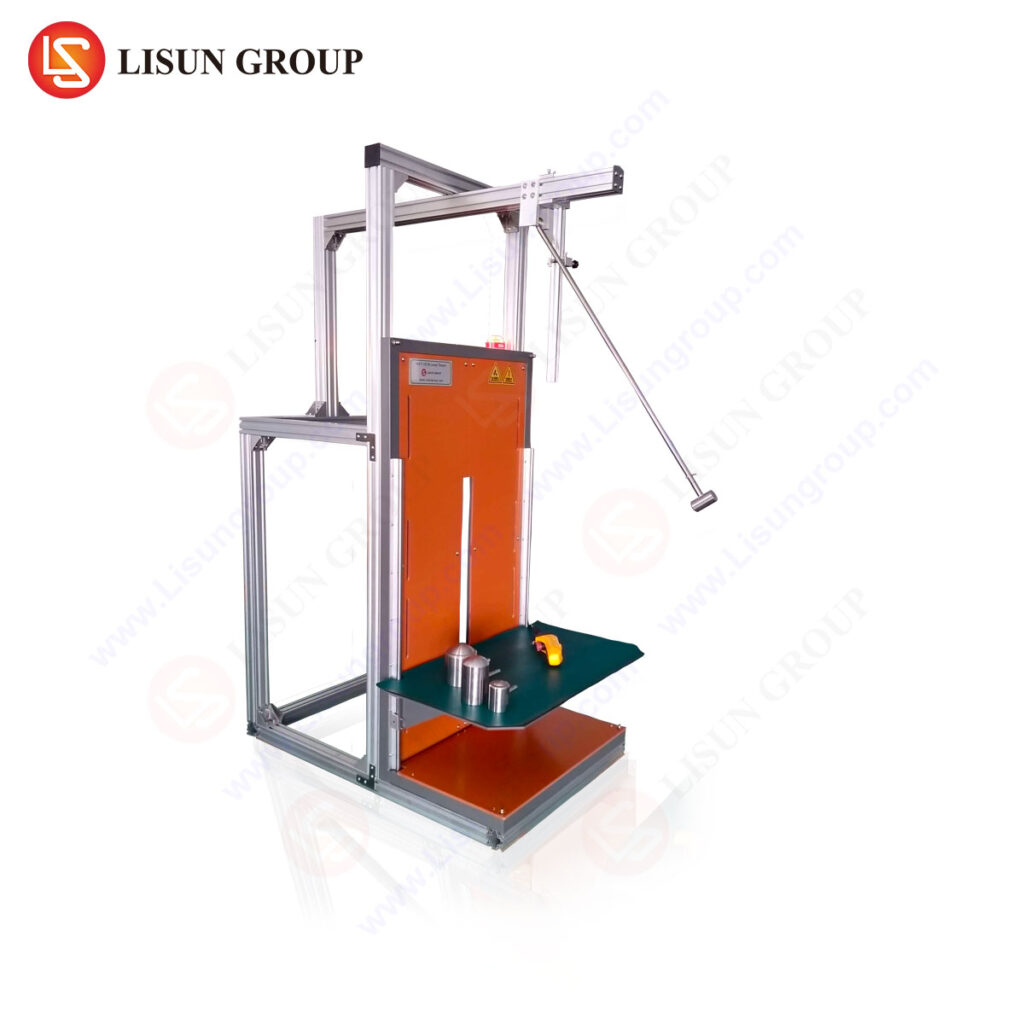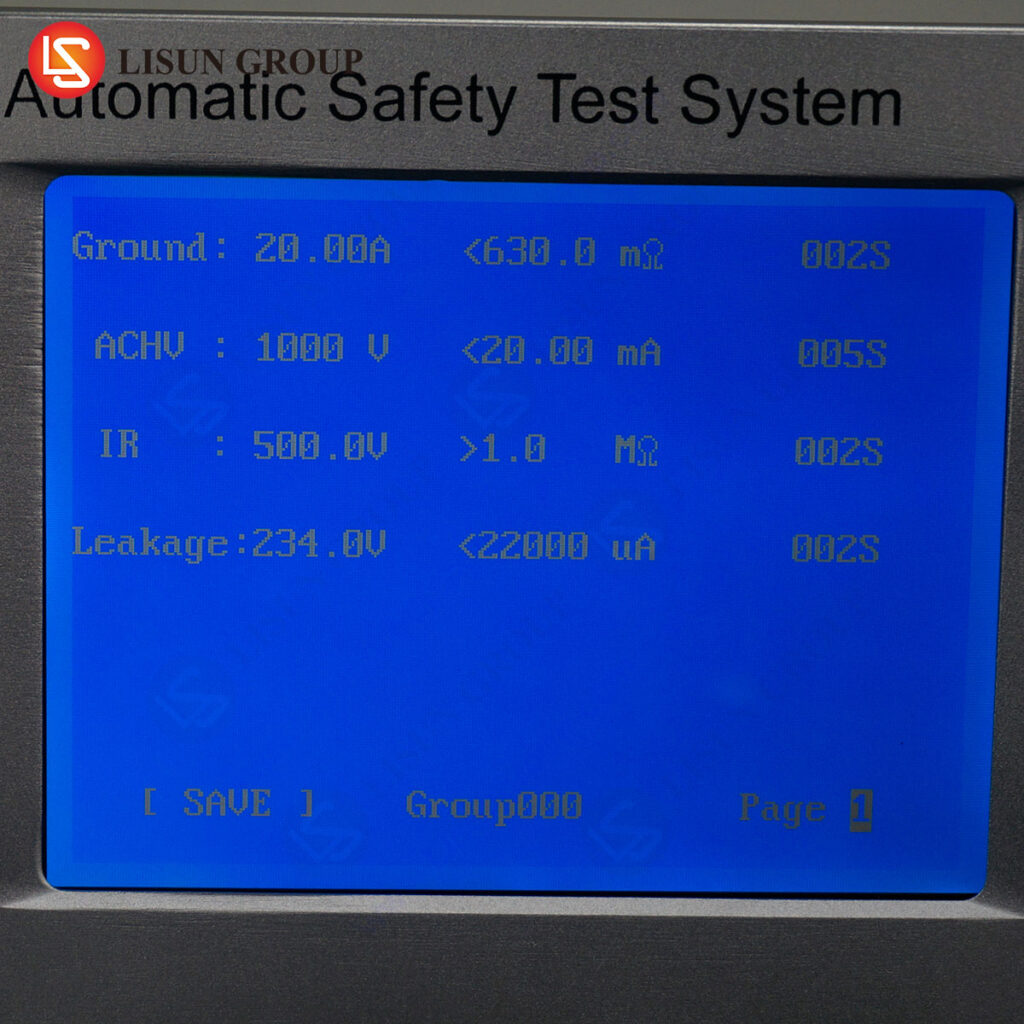Investigating LED Testing with Signal and spectrum analyzers
Introduction
LEDs are becoming increasingly popular in a variety of applications, from automotive electronics to mobile devices. As such, it is important to ensure that these LEDs are tested properly to ensure that they are functioning correctly. Signal and spectrum analyzers are powerful tools that can be used to test LEDs and their associated drivers. This article will discuss the basics of LED testing with signal and spectrum analyzers, as well as the advantages and disadvantages of using these tools.
What is a signal and spectrum analyzer?
A signal and spectrum analyzer is a type of electronic test equipment that is used to measure the frequency, amplitude, and phase of a signal. It is typically used to measure the performance of electronic components, such as LEDs and their associated drivers. Signal and spectrum analyzers are capable of measuring a wide range of signals, from low-frequency signals to high-frequency signals.
How Does a Signal and Spectrum Analyzer Work?
A signal and spectrum analyzer works by measuring the frequency, amplitude, and phase of a signal. It does this by using a variety of techniques, such as Fourier analysis, which is a mathematical technique used to decompose a signal into its component frequencies. The signal and spectrum analyzer then displays the results in a graphical format, allowing the user to easily identify any issues with the signal.
What Are the Advantages of Using a Signal and Spectrum Analyzer?
There are several advantages to using a signal and spectrum analyzer for LED testing. First, it is capable of measuring a wide range of signals, from low-frequency signals to high-frequency signals. This allows the user to accurately measure the performance of the LED and its associated driver. Additionally, signal and spectrum analyzers are capable of measuring the phase of a signal, which can be useful for identifying any issues with the LED’s timing. Finally, signal and spectrum analyzers are relatively easy to use, making them ideal for testing LEDs.
What Are the Disadvantages of Using a Signal and Spectrum Analyzer?
There are also some disadvantages to using a signal and spectrum analyzer for LED testing. First, signal and spectrum analyzers are relatively expensive, making them cost-prohibitive for some applications. Additionally, signal and spectrum analyzers require a certain level of expertise to use properly, making them unsuitable for novice users. Finally, signal and spectrum analyzers are not capable of measuring the temperature of the LED, which can be important for some applications.
Conclusion
Signal and spectrum analyzers are powerful tools that can be used to test LEDs and their associated drivers. They are capable of measuring a wide range of signals, from low-frequency signals to high-frequency signals. Additionally, they are relatively easy to use, making them ideal for testing LEDs. However, signal and spectrum analyzers are relatively expensive and require a certain level of expertise to use properly, making them unsuitable for some applications.
FAQs
Q: What is a signal and spectrum analyzer?
A: A signal and spectrum analyzer is a type of electronic test equipment that is used to measure the frequency, amplitude, and phase of a signal. It is typically used to measure the performance of electronic components, such as LEDs and their associated drivers.
Q: How does a signal and spectrum analyzer work?
A: A signal and spectrum analyzer works by measuring the frequency, amplitude, and phase of a signal. It does this by using a variety of techniques, such as Fourier analysis, which is a mathematical technique used to decompose a signal into its component frequencies. The signal and spectrum analyzer then displays the results in a graphical format, allowing the user to easily identify any issues with the signal.
Q: What are the advantages of using a signal and spectrum analyzer?
A: The advantages of using a signal and spectrum analyzer for LED testing include the ability to measure a wide range of signals, the ability to measure the phase of a signal, and the relative ease of use.
Q: What are the disadvantages of using a signal and spectrum analyzer?
A: The disadvantages of using a signal and spectrum analyzer for LED testing include the relatively high cost, the need for a certain level of expertise to use properly, and the inability to measure the temperature of the LED.

